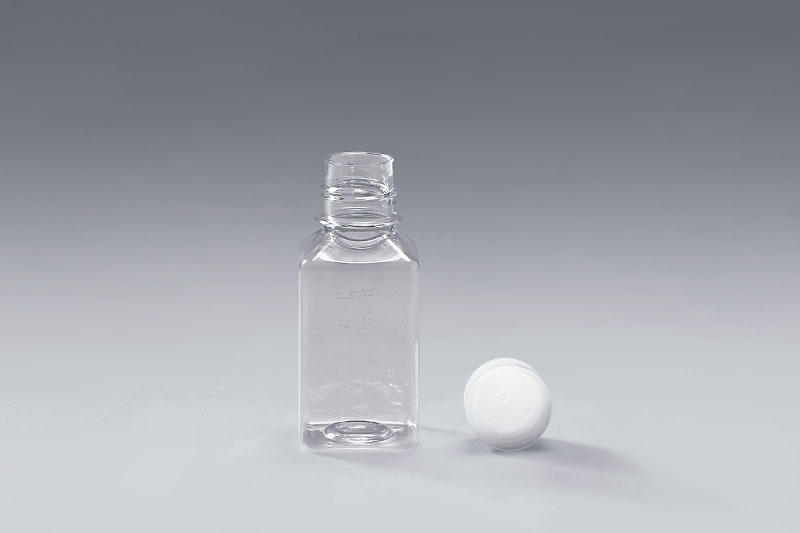細胞培養技術の開発はこれまでのところ非常に成熟しています。細胞増殖は、環境、温度、浸透圧、pH値などのさまざまな要件を満たす必要があります。さまざまな合成培地で基本的な栄養素を提供することに加えて、さまざまな細胞やさまざまな培養目的に適応する必要もあります。細胞の成長を促進するために血清や他の物質を追加します。したがって、 mediabottles は細胞培養の分野で幅広い用途があります。
血清は、主にウシ胎児血清、子牛血清、成体ウシを含む血漿からフィブリノーゲンを除去することによって形成される非常に複雑な混合物です。血清、馬血清、山羊血清、鶏血清、ウサギ血清など、ウシ胎児血清が使用されます。最も一般的に使用されます。血清は、細胞外マトリックス、成長因子、トランスフェリンなどの重要な物質を提供します。添加される血清の割合は、さまざまな細胞やさまざまな研究目的に応じて決定する必要があります。 10%〜20%の血清は、増殖培地と呼ばれる細胞の急速な増殖と増殖速度を維持することができます。細胞の成長の遅さや不死化を維持するために、2%〜5%の血清を加えることができます。これは維持培地と呼ばれます。
血清の特殊性のため、保存温度は-5°Cから-20°にする必要があります。 C。メディアボトルは、一般的に射出ストレッチブロー技術により透明なPET素材で作られています。この材料は、優れた耐熱老化性、-70°Cの脆化温度を持ち、-30°Cでも一定の靭性を備えており、血清の貯蔵ニーズを満たしています。 。また、培地ボトルは滅菌され、パイロジェン、エンドトキシン、DNase、RNase、および細胞増殖に影響を与えるその他の要因はありません。
血清は細胞培養に不可欠なアイテムです。生物学的製剤、免疫療法、科学研究機関などの継続的な開発により、血清の需要も増加し、培地ボトルは細胞培養の分野でも幅広い用途があります。
The FAI climbed 5.9 percent year-on-year in the first 11 months of 2018, quickening from the 5.7-percent growth in Jan-Oct, the National Bureau of Statistics (NBS) said Friday in an online statement.
The key indicator of investment, dubbed a major growth driver, hit the bottom in August and has since started to rebound steadily.
In the face of emerging economic challenges home and abroad, China has stepped up efforts to stabilize investment, in particular rolling out measures to motivate private investors and channel funds into infrastructure.
Friday's data showed private investment, accounting for more than 60 percent of the total FAI, expanded by a brisk 8.7 percent.
NBS spokesperson Mao Shengyong said funds into weak economic links registered rapid increases as investment in environmental protection and agriculture jumped 42 percent and 12.5 percent respectively, much faster than the average.
In breakdown, investment in high-tech and equipment manufacturing remained vigorous with 16.1-percent and 11.6-percent increases respectively in the first 11 months. Infrastructure investment gained 3.7 percent, staying flat. Investment in property development rose 9.7 percent, also unchanged.
 English
English



















































